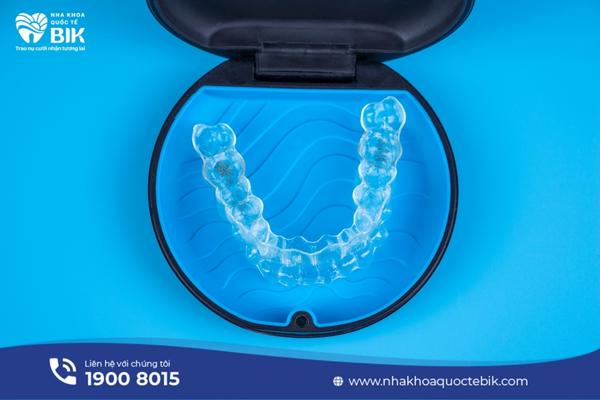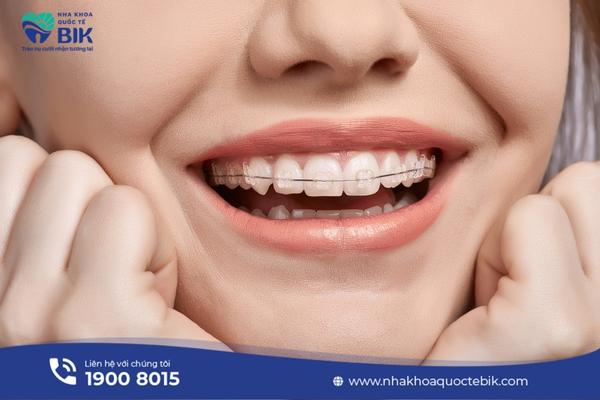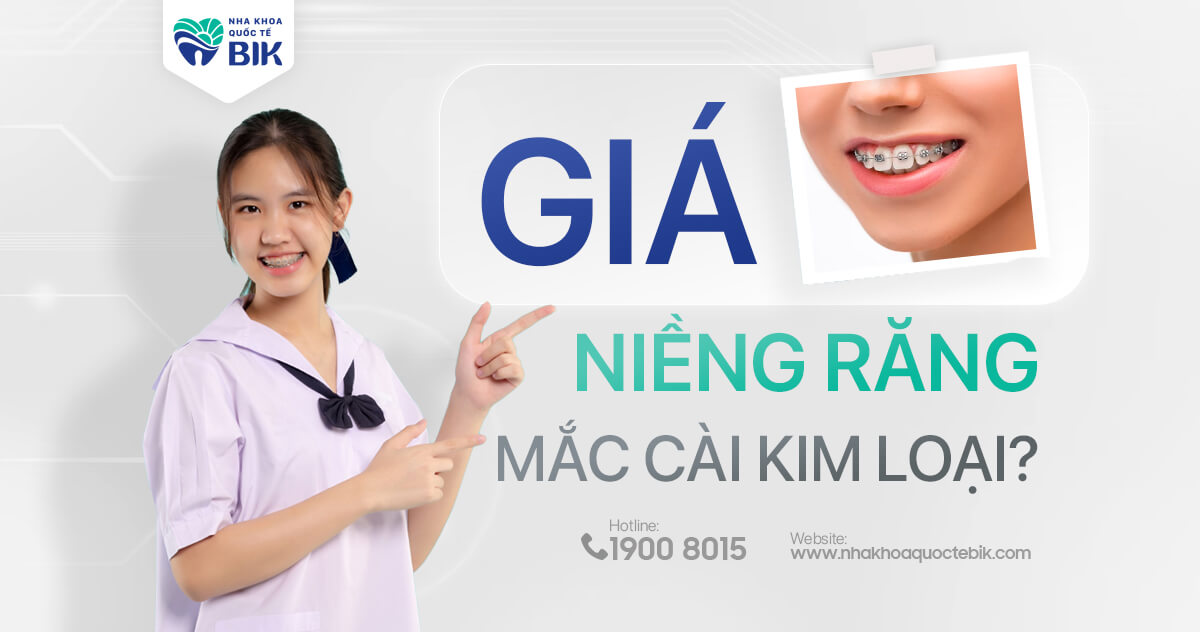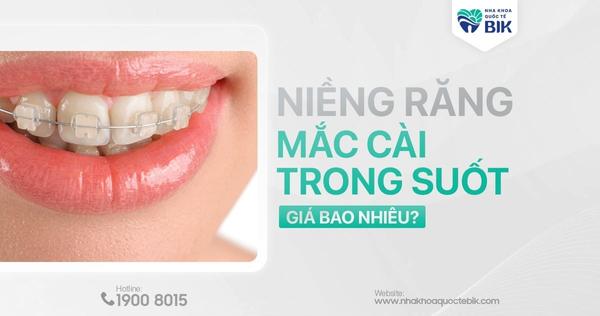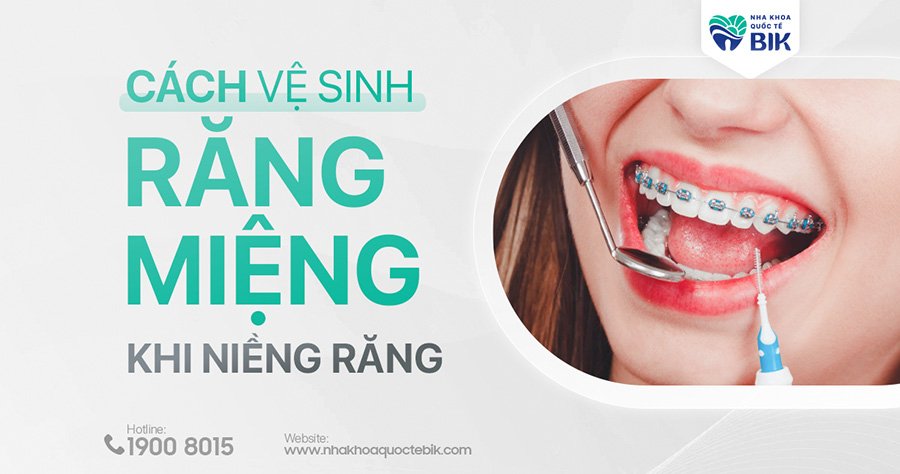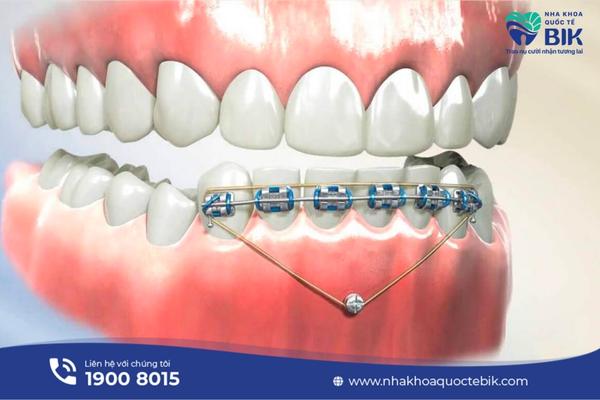
With the development of modern orthodontic technology, more and more orthodontic support tools are being used. In which, braces screws are a special support tool, which is being widely used today. So what is braces screw? In which cases is it necessary to insert screws? And is it painful to insert braces screws?
1. What is braces screw?
Screw (Minivis), one of the special orthodontic tools is made in a spiral shape from Titanium material, small in size (diameter is 1.4 – 2mm and length is 6 – 12mm). When braces, in some special cases, the doctor will place this screw into your jaw bone to create a fixed anchor point, helping the remaining teeth move to the desired position, people call it braces screw.
According to proven studies, braces screws made from Titanium are very safe for health, highly compatible, do not cause irritation or affect the mucosa and surrounding teeth
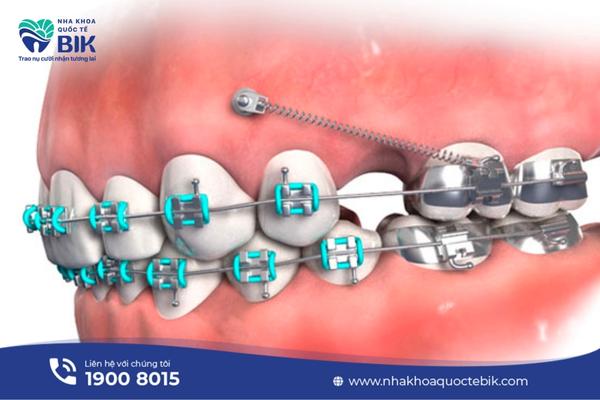
– Inserting braces screws will create force for the teeth to not be displaced forward or backward, to improve the condition of protruding teeth and deep bite.
– Become a solid anchor point connected to the device, so that the doctor can easily move the remaining teeth to the desired position on the jaw, while adjusting the bite more accurately.
– Screw placement during braces helps increase treatment effectiveness and shortens the treatment time from 3 to 9 months.
– Screw placement during braces helps treat gummy smiles effectively and simplifies the treatment process, limiting possible complications.
2. When is it necessary to perform braces screw placement?
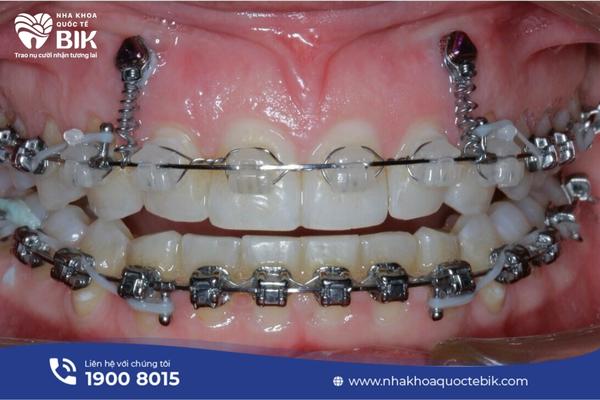
Here are the cases where braces screw placement is required:
1. Protruding teeth:
In cases where teeth are severely misaligned, such as teeth that are too crooked, too protruding, or protruding too much, braces screws will help create a fixed anchor, increase strong pulling force, limit the teeth from shifting forward, and reduce the protrusion of the teeth.
2. Gummy smile:
In case of gummy smile, braces screws will help straighten the teeth, adjust the jaw to a relative ratio, and help the bite return to the correct ratio, improving the aesthetics of the face.
3. Jaw too hard:
If the jawbone is too hard, moving the teeth during the braces process will become more difficult, making it difficult to arrange the teeth evenly and beautifully. Therefore, braces screws are the chosen solution to close the gaps of extracted teeth, helping the process of filling the gaps of the jaw when braces occurs faster, bringing more convenience to the orthodontic process
4. Missing teeth:
In case of missing important teeth for braces such as tooth number 6, screws need to be inserted to support the braces process to take place more smoothly and quickly.
3. Does it hurt to insert braces screws?
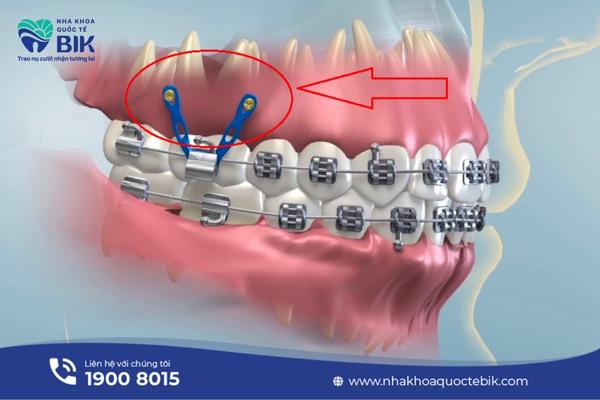
Before inserting the screws, the doctor will apply local anesthesia. Therefore, during this process, you will not feel pain, only feel numb for about 1 session or the first day.
For people with soft, spongy jawbones, it is less painful. For people with hard jawbones, it is often more painful, the cheeks may swell or the screws rub against the mucosa causing scratches on the cheeks,… However, the doctor will prescribe antibiotics, anti-inflammatory drugs and pain relievers after inserting braces screws, which will reduce the patient’s discomfort.
4. Orthodontic screw insertion procedure
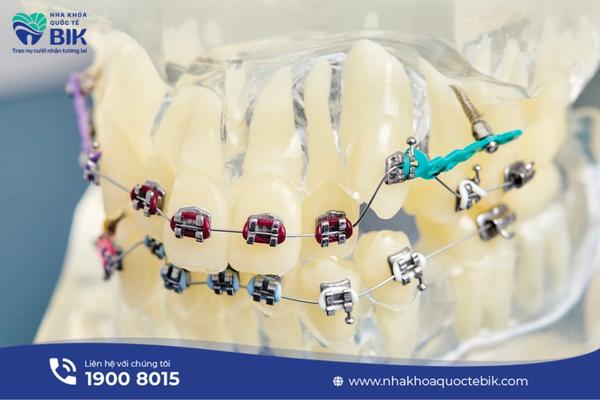
The orthodontic screw insertion procedure is considered quite simple and compact. Orthodontic screw insertion must be performed according to the correct procedure and technique to reduce pain and the risk of complications for the patient.
The specific procedure is as follows:
– Take an X-ray to examine the jawbone structure. After that, the doctor numbs the mucosa and injects anesthetic.
– The dentist uses specialized tools to screw the screw into the jawbone, holding the screw stable in the jawbone in a mechanical anchorage and biological stability. The time to insert braces screws will take about 5 – 10 minutes.
5. Is it dangerous to insert braces screws?
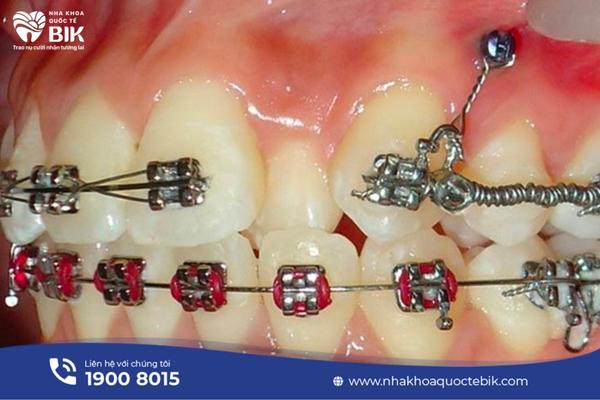
Basically, inserting braces screws is quite safe, brings many benefits, helps teeth move to the desired position. However, this process still has the risk of some unwanted situations such as:
– Screws fall out after a few days of insertion: Due to reasons such as mobile mucosal tissue, the tooth roots are too close together so the screw is inserted close to the tooth root, the body is allergic to metal, etc. When the screw falls out, the doctor will re-screw it in another position or wait for the inflammation to go away before re-screwing it.
– Screws stray into the tooth root causing pain: In this case, the doctor will move the tooth out a bit to widen the gap or remove the screw and re-screw it.
– In addition, if the customer has poor oral hygiene, the incompatible screw can cause inflammation and swelling for many days.
6. How to reduce pain after implanting braces screws

After implanting braces screws, to minimize discomfort, you can follow some of the following pain relief methods:
– Apply ice: Use an ice pack to apply on the outside of the cheek area corresponding to the position where the braces screws are placed and you feel swelling and pain. Apply for about 15 minutes, repeat this action many times to help reduce swelling and pain in the jaw area.
– Eat soft, liquid, warm foods: To avoid strong impacts on the screw insertion site, you should choose suitable foods such as porridge, soup, vermicelli, fresh milk, oatmeal, cereals, etc.
– Proper oral hygiene: Once the screw is stable, you need to clean around the screw properly to ensure the screw is clean, avoid food accumulation causing inflammation around the screw, screw loss.
– Reasonable living and resting regimen: After the process of screwing braces, you should have a reasonable rest regimen, keep your mood comfortable, avoid strong impacts on the oral area.
– Follow the dentist’s instructions: take enough and correct dose of medication as prescribed to help the wound heal quickly and shorten the time of braces.
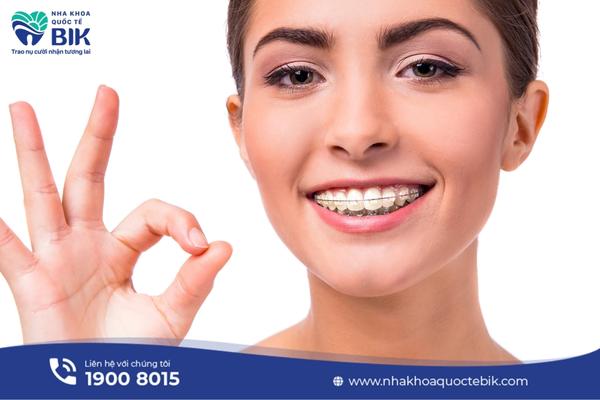
Inserting braces screws helps the orthodontic process go better, helping you quickly own a bright smile. However, not all cases of braces need screws, but depending on each person’s oral condition, they will undergo different orthodontic adjustment processes. Therefore, to know if you are in the case of braces screws or not, go to a reputable dental center for examination and effective treatment.

